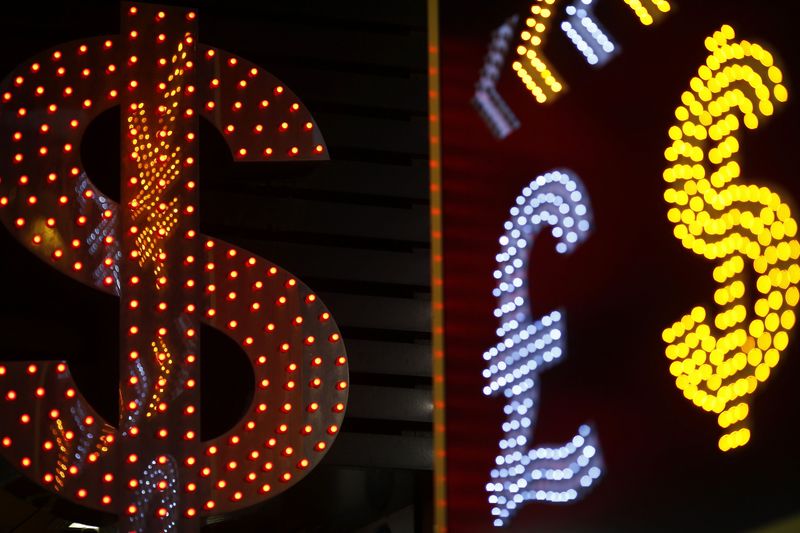Street Calls of the Week
By Cecile Lefort and Charlotte Greenfield
SYDNEY/WELLINGTON, Oct 10 (Reuters) - The Australian and New Zealand dollars had a firm tone on Monday as investors awaited the outcome of a U.S. presidential debate, with markets having increased the probability of a victory by Democratic candidate Hillary Clinton.
The Australian dollar AUD=D4 hovered around 76 cents, having bounced from a two-week low of $0.7553 on Friday. Resistance was found at a double-top of $0.7624. Support was found at the 61.8 retracement of the $0.7443/$0.7711 move at $0.7545.
Trading was subdued due to a public holiday in Japan, while Chinese markets reopened after being shut for a week-long national break.
All eyes are on the U.S. elections with presidential betting markets putting the probability of a Clinton win at more than 80 percent.
"If Donald Trump outperforms, there would be a greater chance of Trump winning the elections and the U.S. dollar would rise against most major currencies," said Elias Haddad, a senior currency strategist at Commonwealth Bank of Australia.
"It's because his economic policies are inflationary and would force the Federal Reserve to increase interest rates at a faster pace than it would otherwise."
Haddad forecasts slightly firmer Aussie and kiwi dollars should Clinton outperform.
Sterling slipped to A$1.6361 GBPAUD=D4 , having dropped as far as A$1.5582 on Friday. It shed 3 percent last week, the biggest fall since July with dealers forecasting more volatility amid concerns about a "hard" Brexit.
Likewise, it stood at NZ$1.7353 GBPNZD=R against the kiwi, from NZ$1.6507 touched in the last session.
The pound is down around 20 percent against the Antipodean currencies so far this year.
The New Zealand dollar NZD=D4 rose slightly on Monday, continuing its gains since Friday when softer-than-expected U.S. employment data weighed on the greenback.
The New Zealand currency was trading at $0.7166 by lunchtime Monday, up from $0.7110 on Friday.
"A lack of data and a US holiday should keep ranges tight over the coming day," said BNZ currency strategist Jason Wong, in a research note.
New Zealand government bonds 0#NZTSY= gained, sending yields 1 basis points lower at the short end of the curve.
Australian government bond futures had a soft tone, with the three-year bond contract YTTc1 off 1 tick at 98.390. The 10-year contract YTCc1 was down half a tick at 98.8550 having touched its lowest since late June. The 20-year contract YXXc1 was half a tick higher at 97.2600.
The spread between local 10-year AU10YT=RR and 3-year AU10YT=RR bonds stood at 52 basis points, from 39 basis points late September, reflecting expectations of a steady interest rate until early next year. (Editing by Richard Borsuk)
